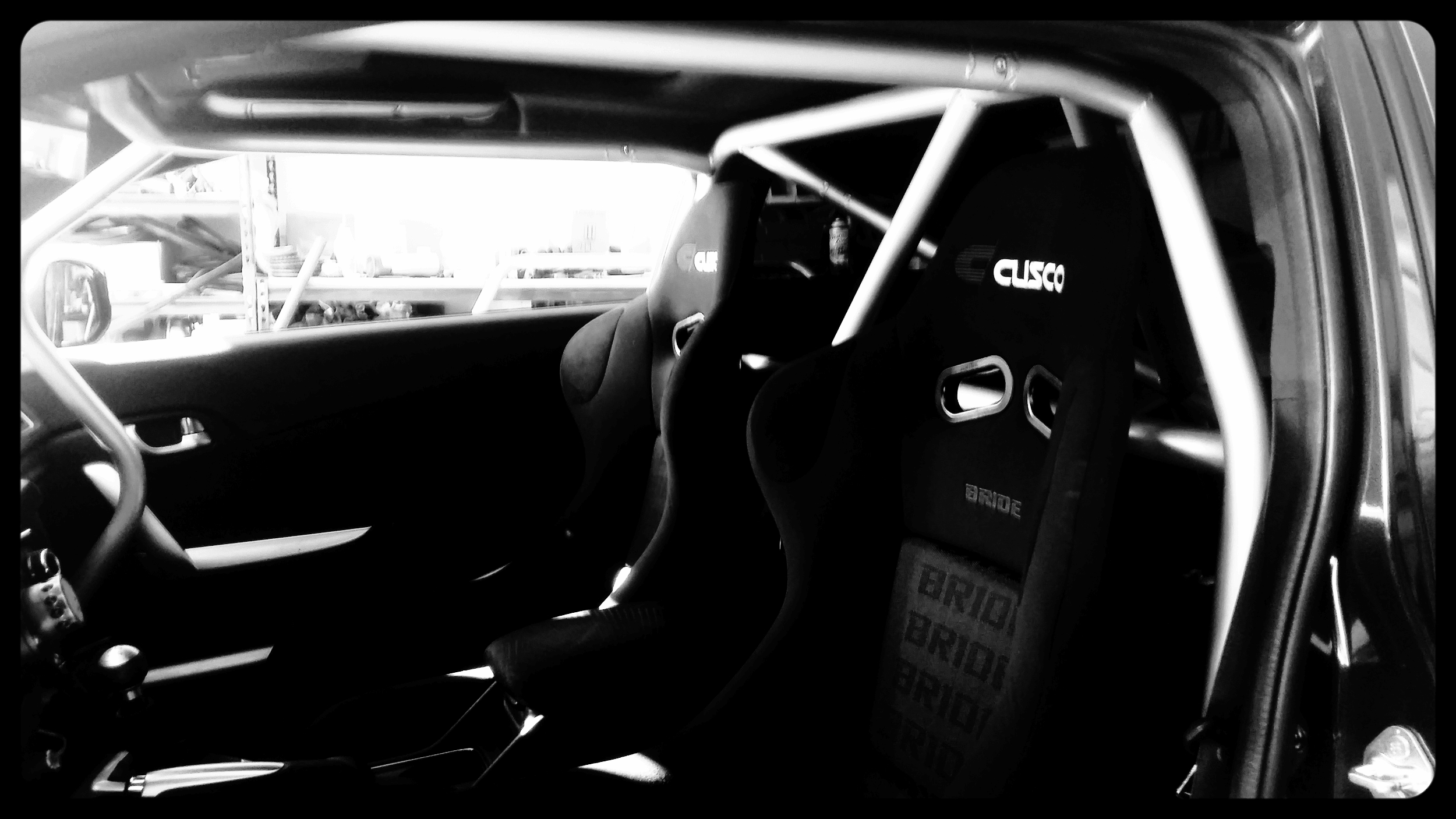Imagine driving down the road in your car while staring at your feet instead of the road.
Sounds stupid, right?
Key Takeaways
The foot pedal on a TIG welder is the COMPLETE control of the machine. It also serves as the ON/OFF switch of the arc. There is a lot more to it than most people realize. When people ask to see Justin’s foot pedal in a video, or during a class, the response is usually met with the question - “Do you stare at your feet while driving?”
We don’t stare at our foot pedal when welding
Foot pedal control should be intuitive just like driving a car
The answer to what you need to do is ALWAYS right in front of you. If you are mid weld and you see that your weld pool is getting out of control, you should make the correction right then and there. If you are looking at something else, you will never see the weld to correct it.
There are TWO ways to correct a weld. The first is the most common way which is by adjusting amps with your foot pedal. If you see the weld pool is too wide and gooey, or much larger than it needs to be, back off the foot pedal (amps) until it looks correct - then proceed. The second option for control is to adjust your speed. You can run faster or slower to control your bead, but this takes a lot of skill which comes over the course of time. If you can’t keep up the speed to control it, your only option is to reduce amps.
The weld tells you everything about what you are doing and need to do
Your eyes are connected to your foot which controls the pedal
You can either adjust amps with your pedal, or adjust speed. Adjusting speed has limitations and requires more developed skill
ON, OFF, and in between. Aside from starting and terminating the arc, the foot pedal serves as an adjustment to how much power you need to make your bead. You should learn to work the foot pedal by initially stepping on it lightly until the arc starts. Once the arc is lit, gradually increase the amps by slowly stepping on it more. If you see that you have too much power, gradually reduce the amps by slowly letting your foot off. This fine adjustment can happen hundreds of times during a weld.
NEVER go full throttle instantly by stomping the pedal to the floor
ALWAYS start softly and ramp up slowly and naturally
Adjust the pedal softly and naturally based on what you see in front of you
Correction is key to consistency. As mentioned, welding is all about actively making correction as you are welding. Every single drop of filler is added AFTER the question is asked: “Does this weld pool look correct”?
If the answer is YES - add filler, move forward, ask again.
If the answer is YES again - add filler, repeat
If the answer is NO - CORRECT IT by slowly and naturally adjusting your foot pedal position until it looks correct
Cutting bait is not a bad thing. Sometimes you just can’t solve the problem. Sometimes your position is all out of whack and you are stuck. Sometimes things are just moving too fast and you can’t make it all work. It’s ok to cut bait by taking your foot completely off the pedal and stopping the weld. Taking a fresh look at it, or a breath, or a moment to reposition is always helpful.
If something isn’t right, and you can’t fix it right away, just take your foot off the pedal and try again after a few
Don’t be stupid. Target your amps. Don’t load the pedal. Loading the pedal is a term used to describe a foot pedal that has full machine amperage available on its range. This is a stupid thing to do.
As we learned in AC TIG Theory lesson, we target our amperage to 1 amp per .001”, or 40 amps per 1mm of material thickness. If we only need 50 amps to weld a part, but there is over 200 amps available on the pedal, we will have no fine control or resolution. The slightest movement of our foot will make huge changes to the power output. This results in blowouts, overheated joints, saggy bead profiles, etc.
ALWAYS target your amps to the material you are welding for best control
Amperage adjustments are small and precise
A loaded pedal can not finely and precisely adjust
When everything fails - just take your foot OFF the pedal. This is by far the hardest part for people to train themselves to do. The biggest reason is because as you are welding, you are literally holding and seeing the one that is making everything happen. You often forget that the control of it is actually at your foot.
If anything ever goes wrong, train yourself to just take your foot of of the pedal completely.
Train yourself by repeating it over and over
Practice taking your foot off of the pedal with the machine off
MEMORIZE the procedure!
If you memorize, practice and follow the procedure below, you will ultimately be setting yourself up for the best practices every welder should have.
Your foot should be nowhere near the pedal until you are ready to weld. You are ONLY ready to weld when":
Your torch is in place above the part
Your hood is DOWN
ONLY when the two conditions above are met
move your foot toward the pedal and begin welding
Once your weld is complete:
Remove your FOOT from the pedal
Lift your hood if you wish
Move the torch away from the part
“If anything goes wrong - if you have to stop - if something isn’t right - just TAKE YOUR FOOT OFF THE PEDAL.”
This article is proudly written with 0.00% AI.

